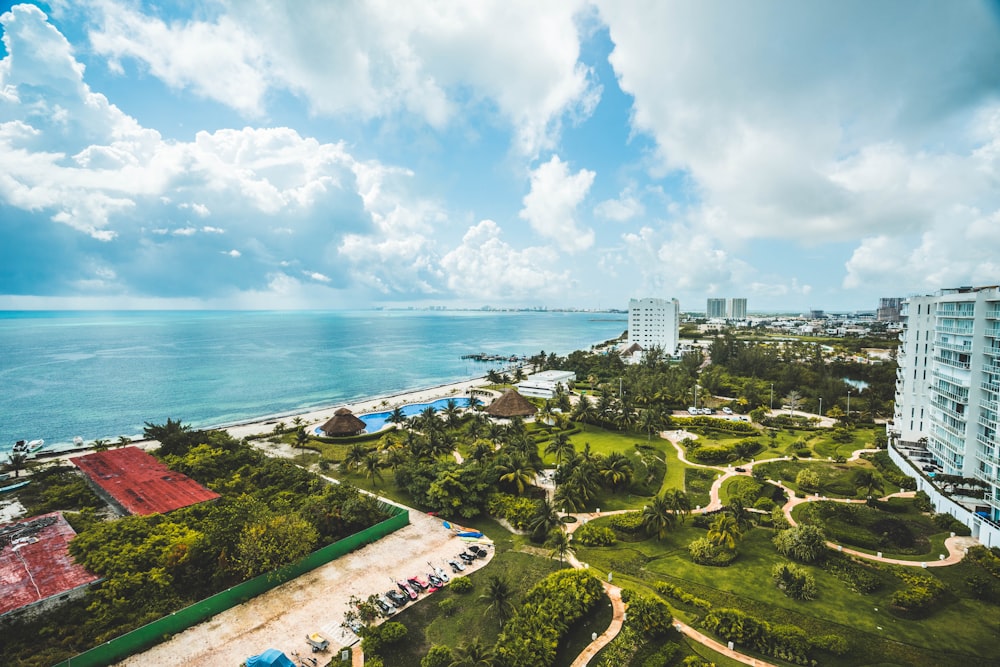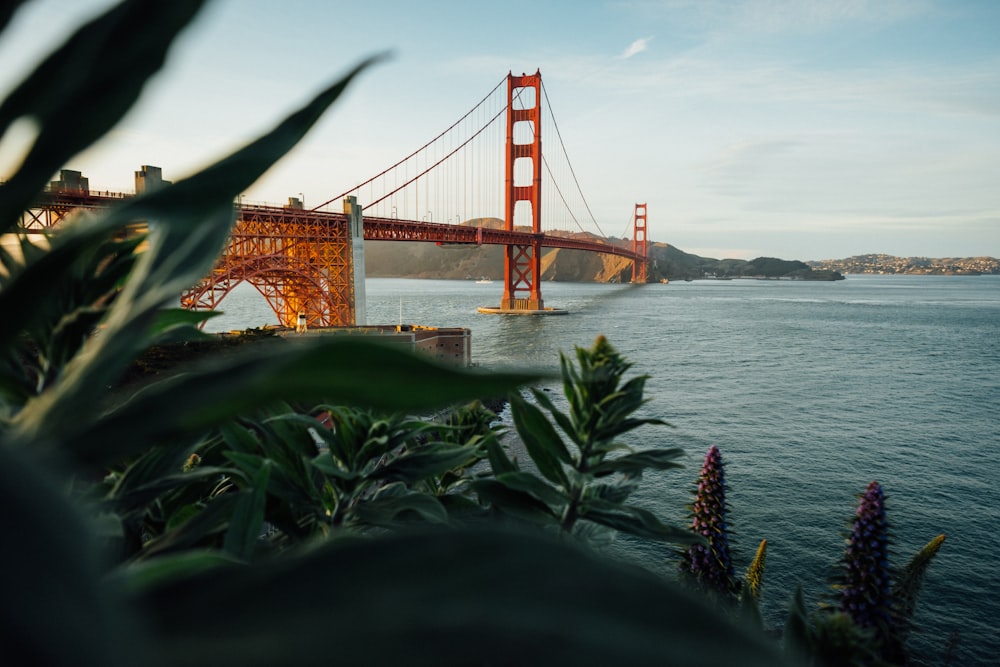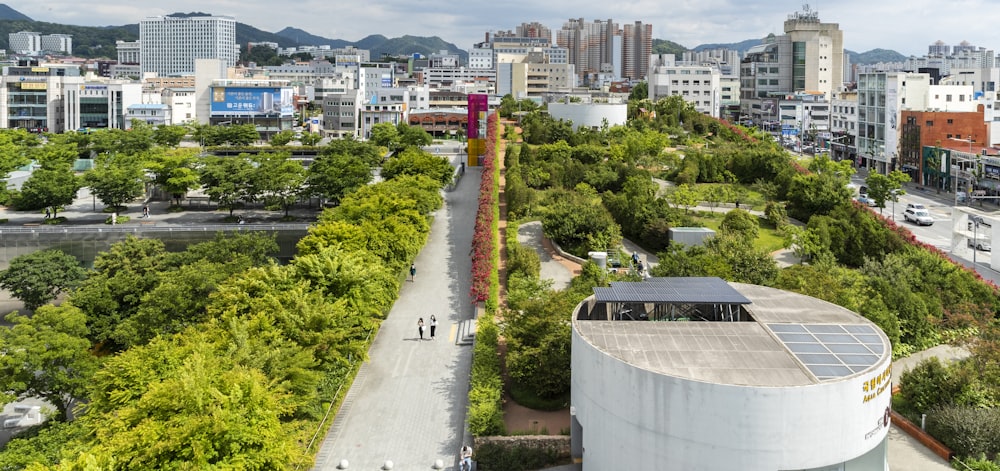Smart Cities: The Green Future of City Life

Imagine a city of the future. Is it green? Completely self-sufficient? Those are no longer future possibilities, but instead are becoming a current reality. They are called smart cities. Smart cities are generally self-sufficient and designed in a way that maximizes efficiency and quality of life for their inhabitants. They are sustainable and built with green ideals integrated into all aspects.
Cancun’s Smart Forest City
Smart cities are being taken one step further, though, with the planning of what is called a smart forest city in Cancun, Mexico by Stefano Boeri Architetti. The architecture firm has previously worked with the concept of vertical forests, but is now planning to expand this into an entire green city. The city would be completely food and energy sufficient with 7,500,000 plants. The city will be surrounded by a vast number of solar panels which will likely create more energy than the inhabitants will use. Surrounding the city will be a large agricultural area, fed by desalinated water from the ocean. The city will only allow electric vehicles and will have research centers focussed on sustainability. The self-sufficiency in energy and water is intended to encourage the development of a circular economy. The city will be the first of its kind to be fully green and self-sufficient.

Are Other Cities Smart?
Other cities around the world have been making strides toward sustainability.
Copenhagen
Copenhagen has been building super cycle highways and more bike lanes which have led to 45% of Copenhagen’s residents commuting by bike. The city has focussed on reducing emissions, most significantly through energy-efficient heating and cooling systems that all residents are connected to.
San Francisco
San Francisco has made similar transportation strides with hybrid-electric buses and more than half of their light rails being zero-emission. While there is still more room for progress, San Francisco has been working on increasing sustainable food, recycling, and composting with the aim of being zero waste.

Vancouver
Vancouver is committing to having 100% of its energy come from renewable sources by 2050 and has implemented the Greenest City Action Plan. The plan entails going zero-carbon by designing green buildings and transportation; going zero waste; and creating healthy ecosystems through access to nature, clean water, clean air, and local food.
Stockholm
Stockholm is similarly attempting to be fossil-fuel-free by 2040. The city also intends to collaboratively work towards reducing the environmental impact of the city’s consumption. Stockholm has also set an “emissions budget” which caps their carbon dioxide emissions at 19 million tons between 2020 and 2040.

Singapore
Singapore has a more technological approach to becoming a smart city with the intention to collect data for open source use so that analysis can create new opportunities for innovation. Engineers can analyze environmental factors in order to better design and position new buildings. In addition, the government plans to implement energy-efficient lighting and install solar panels on 6,000 buildings.
Dubai
Dubai is similarly using technology to help the environment by eliminating paper transactions and monitoring public transportation in order to reduce traffic. They have also been working on the Hyperloop, a high-speed, sustainable travel system to transport people between Dubai and Abu Dhabi in 12 minutes.

Tianjin
Tianjin is an “ecocity” being built in China that intends to house 350,000 people. In a country where most cities are noisy and packed, Tianjin stands out by being low-carbon and green. Jianjin was built on polluted land, cleaned by a new technology that removes heavy metals from water reservoirs. The city also features smart buildings; a pneumatic municipal waste collection system; green spaces and transportation; and an urban design that promotes exercise.
These are not the only cities working towards sustainable goals, but they are examples of the strides that are being taken.
Why do we need smart cities?
While smart cities work to improve our lives on a grand scale for reasons including reduced traffic and green buildings, the benefits of smart cities do not stop there. Smart cities run more efficiently and often naturally produce costly things such as energy which can improve the city’s economy. Public services such as roads, schools, and hospitals improve which would positively affect health and efficiency. Smart cities can also increase connectivity between people, leading to a more positive and collaborative lifestyle. Data tracking can allow for urban planning that suits the needs of the city’s inhabitants. Smart cities are designed to help our planet stay green and to make everyone’s lives easier.

What does the future look like?
The smart forest city in Cancun is a culmination of the progress cities have been making for decades and gives hope that in coming years we will see more cities like it being built. Sustainable cities such as these could work to protect our planet and allow for future generations to have the same quality of life we enjoy today. Once the smart forest city is fully built, new developments will likely follow the smart design principles the city is using. The more cities that work towards endeavors such as the Sustainable Development Goals, zero-waste, and zero-emission, the more we can protect the world we live in.


Leave a Reply